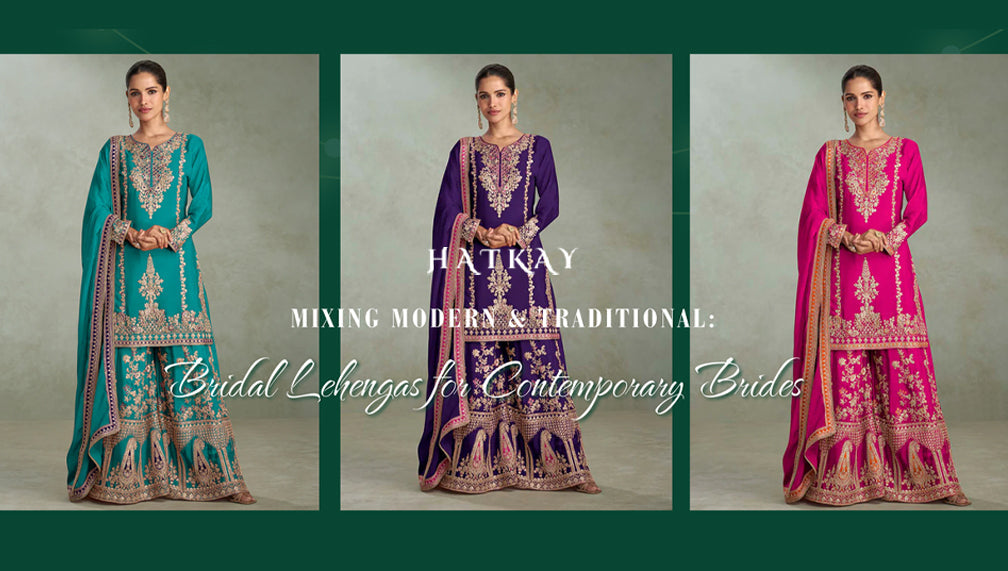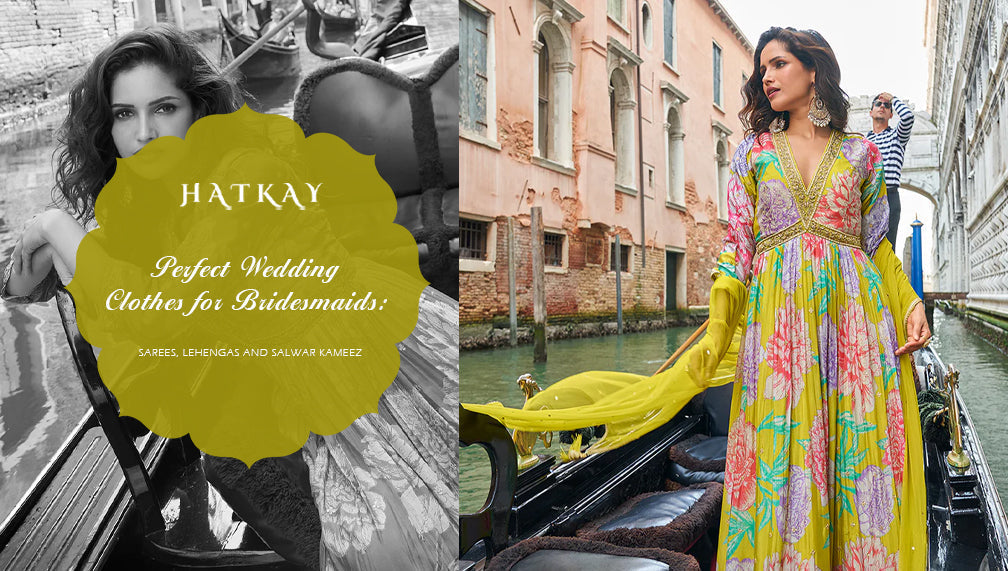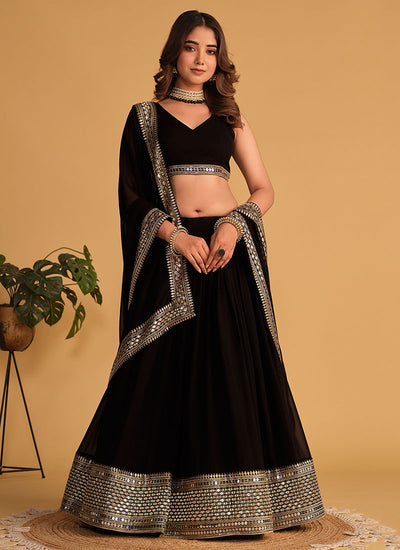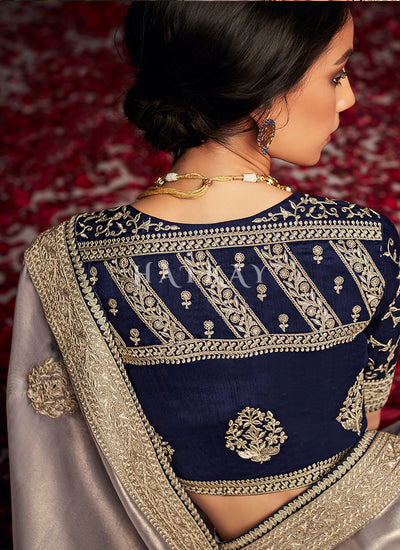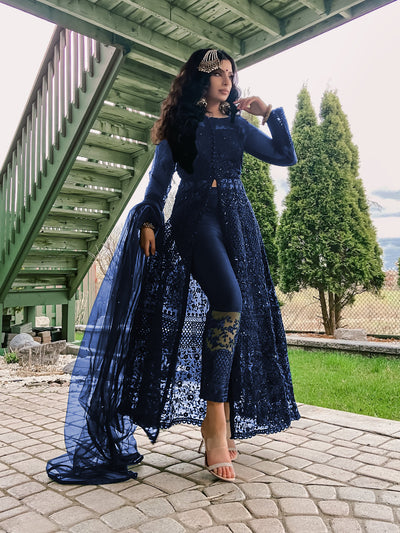
Exploring the Intricacies: Differentiating Pakistani Suits from Indian Suits
The world of traditional South Asian attire is a rich tapestry of culture, craftsmanship, and style. Among the myriad of options, Pakistani and Indian suits stand out as epitomes of elegance and grace. While both share similarities in their essence, there are distinct differences that set them apart. In this comprehensive exploration, we unravel the nuances that distinguish Pakistani suits from their Indian counterparts.
Historical Roots and Cultural Influences:
To understand the differences between Pakistani and Indian suits, it's essential to delve into their historical roots and cultural influences. Both Pakistan and India have diverse regional cultures, each with its unique sartorial traditions shaped by centuries of history, migration, and cultural exchanges.
Pakistani Suits: Elegance with Simplicity
Pakistani suits, often referred to as shalwar kameez, embody an understated elegance characterized by simplicity and grace. The traditional Pakistani shalwar kameez typically features a long tunic-style shirt paired with loose-fitting trousers (shalwar) and a dupatta (scarf). The silhouette tends to be more relaxed, with straighter cuts and minimalistic embellishments, focusing on clean lines and fluid drapes.
Fabrics and Embellishments:
In Pakistani suits, emphasis is placed on high-quality fabrics such as chiffon, silk, and cotton, known for their luxurious feel and breathable nature. Embroidery, if present, is usually intricate and delicate, often incorporating techniques like thread work, mirror work, and zardozi. The embellishments are tastefully done, adding subtle accents to the ensemble without overpowering the overall look.
Indian Suits: Vibrant and Ornate
Indian suits encompass a diverse range of styles, reflecting the country's rich cultural heritage and regional diversity. The quintessential Indian suit comprises a fitted or semi-fitted kurta (tunic) paired with either straight-cut trousers (churidar) or loose-fitting pants (salwar) and a dupatta. Indian suits are renowned for their vibrant colors, ornate embellishments, and intricate detailing.
Variety in Silhouettes and Designs:
Indian suits offer a plethora of silhouettes and designs, catering to diverse preferences and occasions. From the regal elegance of Anarkali suits with their floor-length flared skirts to the contemporary chic of straight-cut pant suits, Indian attire embraces versatility and innovation. The designs are often characterized by elaborate embroideries, dazzling embellishments, and rich fabric textures, reflecting a fusion of traditional craftsmanship and modern aesthetics.
Regional Influences:
One of the key factors that differentiate Pakistani and Indian suits is the influence of regional cultures and traditions. While both countries share historical and cultural ties, the nuances in language, cuisine, and attire are reflective of their distinct identities. For example, the intricate chikankari embroidery of Lucknow finds prominence in Indian suits, whereas the timeless elegance of handwoven Banarasi silk is synonymous with Indian bridal wear.
Global Appeal and Contemporary Trends:
In recent years, both Pakistani and Indian suits have gained popularity on the global fashion stage, thanks to their timeless appeal and versatility. Designers from both countries have been instrumental in showcasing traditional attire in contemporary settings, catering to a diverse clientele across the world.
In conclusion, Pakistani and Indian suits are emblematic of the rich cultural heritage and exquisite craftsmanship of South Asia. While Pakistani suits exude elegance with their simplicity and refined detailing, Indian suits captivate with their vibrant colors, ornate embellishments, and diverse silhouettes. Whether it's a formal event, festive celebration, or casual outing, both Pakistani and Indian suits offer a plethora of options to suit every taste and occasion, bridging the gap between tradition and modernity.
Purchase Indian clothes such as Salwar Kameez, Indian Sarees, Lehenga Choli, Anarkali Suits, Punjabi Suits, and more from Hatkay today at the most competitive market prices.
























































